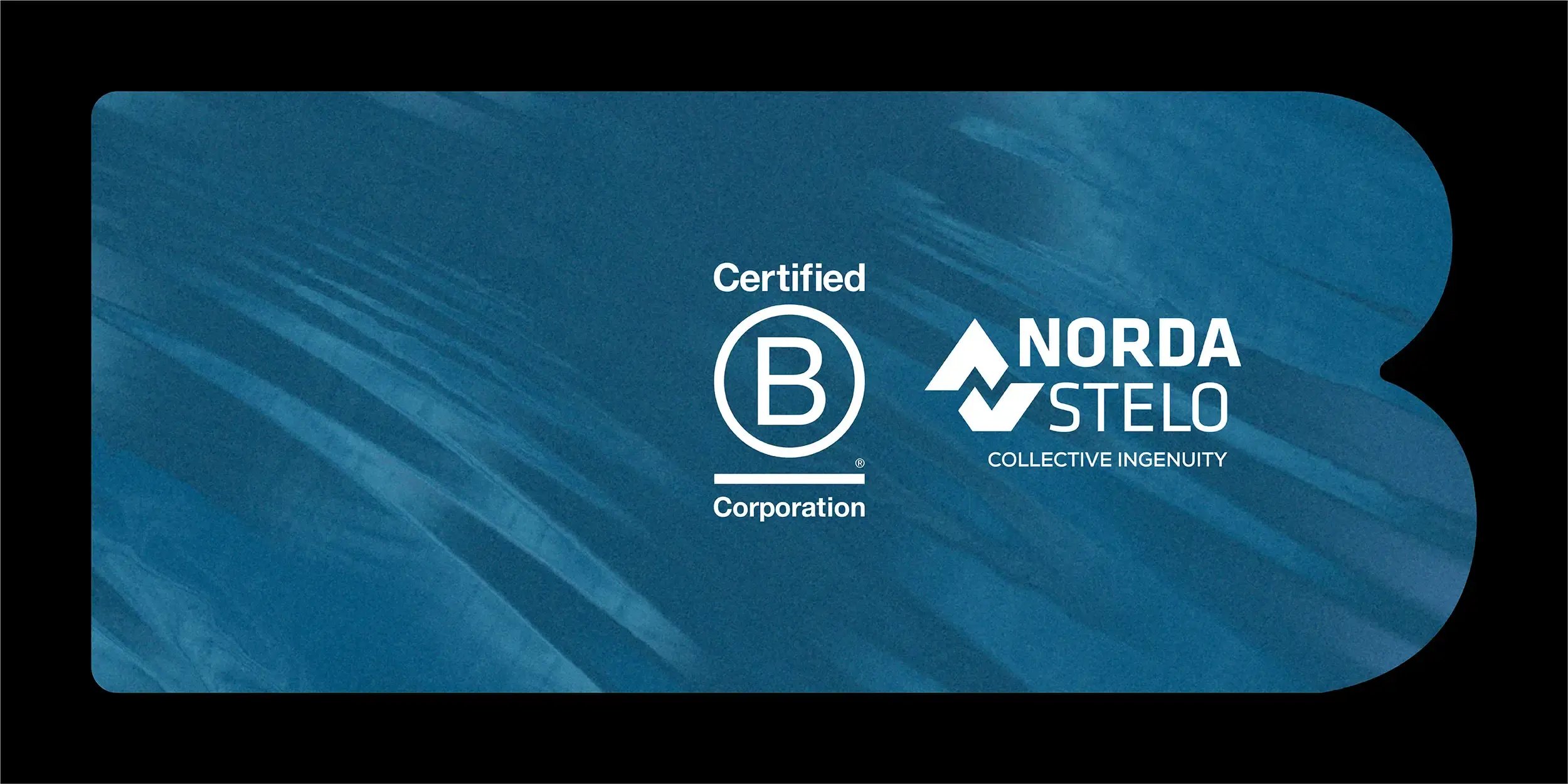.jpg?width=432&height=228&name=heroBlog%20(1).jpg)
News and blog posts
Collective Ingenuity
Filters

Norda Stelo Reaffirms Its Leadership in Sustainable Engineering with the Release of Its 2025 Impact Report
Norda Stelo unveils its 2025 Impact Report, a detailed analysis of its achievements in sustainability, responsible governance, and innovation applied to consulting-engineering. In a context where climate transition, infrastructure pressures, and evolving societal expectations are profoundly transforming the industry, the firm confirms its position as a leading player in sustainable engineering.

When the Grid Takes a Deep Breath Demand Response
Demand response, and especially emerging vehicle-to-grid (V2G) solutions are quickly becoming some of the most important tools to protect grid reliability, control costs and support decarbonization.

Norda Stelo Named Gold Standard New Winner of the Canada’s Best Managed Companies Program
Norda Stelo was recognized for its industry-leading performance, its global business practices, and its sustained growth by receiving the prestigious 2025 Canada’s Best Managed Companies award. Norda Stelo won its initial Best Managed award in 2021 and has successfully retained its status, becoming a Gold Standard winner in 2025.

Environmental Impact Studies: Main Considerations for Sustainable Mining Practices
In a context where social and environmental acceptability has become a crucial issue for mining projects, environmental impact studies (EIS) are emerging as an indispensable strategic tool. Far from being an administrative formality, the EIS is at the heart of best practices in environmental risk management and serves as an essential lever to guide mining development toward greater sustainability.

The 5 Key Benefits of Choosing a Certified B Corp
As climate pressures intensify and scientific experts increasingly call for action, the way businesses operate is also undergoing a major transformation.

CDPQ becomes a shareholder of Norda Stelo: A partnership to accelerate sustainable innovation
Norda Stelo is proud to formalize CDPQ’s capital stake after two years as a lender. This strategic partnership is aligned with a shared vision of innovation, sustainability and global outreach, marking a key move for Norda Stelo, Québec leader in impact engineering.